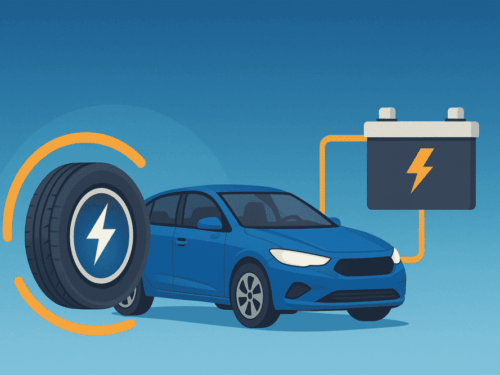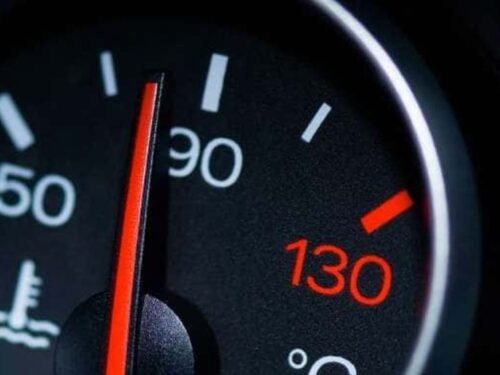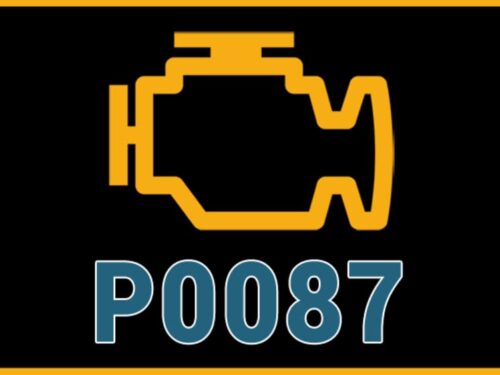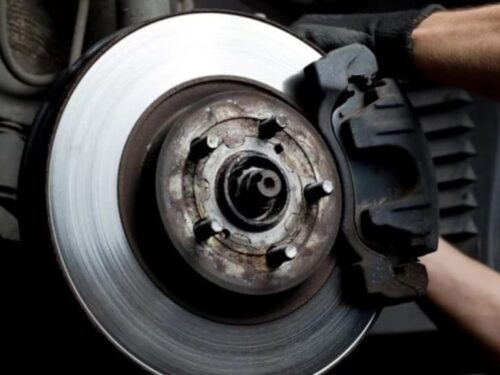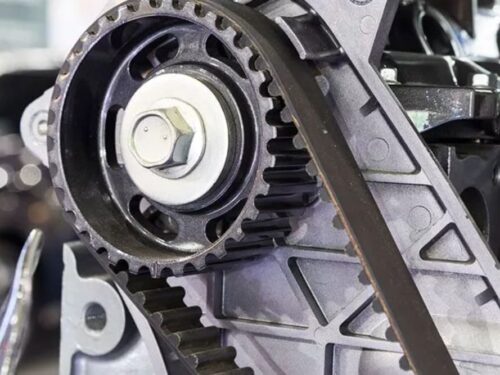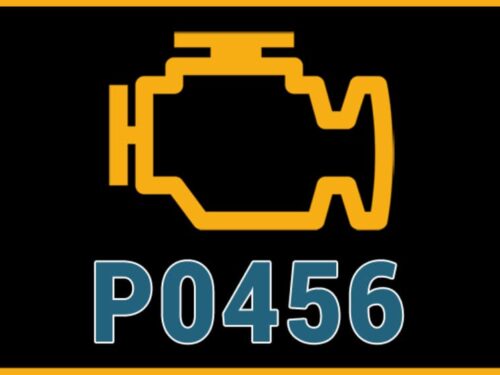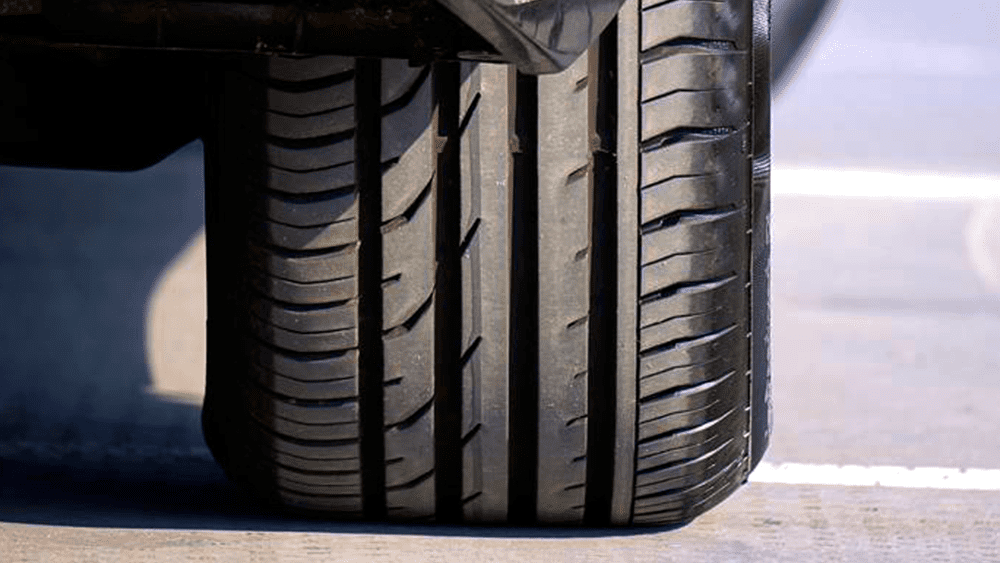
Understanding a Car’s Tires
A car’s tires are vital parts that have direct interactions with roads. Tires are important for a vehicle’s safety, handling, ride, and braking. To ensure that your car’s tires are performing optimally, they need to have the right air pressure, balance, and tread depth, along with proper alignment.
To ensure your safety – as well as the safety of your vehicle investment –it is imperative that you conduct regular assessments of your tires. Ideally, you should perform a tire inspection at least once a month. If you come across debris or potholes on roads, reside in a cold area or use your car for covering long distances on a regular basis, then your tire assessments should be even more frequent.
It is also important to examine your tires before going off on a lengthy trip. Remember that the more frequent the tire inspections, the higher the chances that you will nab and fix a minor problem – such as an attached nail – before it becomes a major, time-consuming and expensive issue.
Tire Wear – Signs to Watch Out For
Inadequate maintenance often causes tires to wear out prematurely, leading to more frequent blowouts and flat tires. The tire itself is not the only factor that can impact a tire’s performance and condition – poor wheel alignment and damaged suspension parts, for example, can both lead to lower tire performance and quicker wear and tear.
Signs to Watch Out for During a Tire Visual Inspection
1. OVER-INFLATION
Excessive air pressure means that a tire’s middle portion comes into most contact with the road. As a result, the central tread is subject to greater wear, compared to the edges of the tire.
2. UNDER-INFLATION
If the air pressure is too little, it can cause the outer edges of the tire to come into contact with the road. As a result, the wear is greater on the edges, compared to the central tread.
3. A SINGLE EDGE BEING SUBJECT TO TREAD WEAR
If tread wear is affecting only a single tire edge, this is an indication that your wheels are misaligned.
4. INCONSISTENT TREAD WEAR
Such tread wear is also referred to as ‘cupping’ and what it indicates is poor wheel balance or that you might need to replace your suspension components, such as shock absorbers.
5. RAISED SIDEWALL OR TREAD PORTION
This could indicate separation between the tire carcass belts.
Signs to Watch Out For While Driving
1. UNUSUAL THUMPING NOISES OR VIBRATIONS
If you notice any thumping noises or sense vibrations, you could be dealing with a tire that has lost its balance, a tire tread with a flat section because of a panic stop that locked the wheels or tires with belts that have been separated.
2. A PULL TOWARDS A CERTAIN SIDE
If you are at a steady driving speed and notice a kind of pull to a particular side, it could indicate that the tire is either damaged or underinflated on the side to which the car is being pulled. In some cases, this pull could also reflect wheel misalignments or brake problems.
Inspecting the Inflation
Ensuring that your tires remain sufficiently inflated is one of the simplest ways of maintaining decent gas mileage and good tire life. Use a decent gauge to assess your tire pressure on at least a monthly basis – make sure that you use a gauge that provides pressure readings in PSI (Pounds Per Stick).
The different types of pressure gauges that you will probably find at an auto parts store, are:
- Digital
- Dial
- Stick or Pen
Dial and digital designs have the dual advantage of higher accuracy and ease of reading, although a quality stick or pen gauge should also get the job done. Remember that the gauges that you find at gas station hoses are usually abused and, therefore, frequently inaccurate.
Since the recommended pressures are provided for tires that are cold, you should make sure to assess the pressure at an ambient temperature and before you have driven the vehicle. If you check the pressure while your tires are warm, you could end up with readings that are as high as 5 PSI above the recommended level of pressure. To check the recommended level of pressure for your vehicle tires, you can either go through the owner’s manual for the car, or check the information decal that is attached to the jamb of the driver’s door. If you have an older vehicle, you will probably find the decal inside your car’s fuel-filler door or glove box.
Checking Tire Pressure
- Remove the valve cap placed on the tire.
- Put the gauge over the valve stream of the tire, and firmly press until you are sure that you did not hear any escaping air. At this point, the gauge will display the amount of tire pressure.
- If the pressure is abnormal in any way, adjust accordingly. While adding air, make sure that the hose is firmly pushed inside the valve until the air is unable to escape. Keep checking the tire pressure after every two or three seconds to assess the quantity of air making its way inside the tire. Keep doing this until you reach the recommended level of air pressure. If you find that the tire pressure is excessive, use the tire gauge nipple and press the tire-valve stem center to release air.
- Place the tires’ valve cap back.
- Repeat this process for every tire – including the spare one.
Tire Maintenance
There are a few maintenance procedures related to tires and those procedures should ideally be performed by professionals, since they demand special knowledge and tools. However, being aware of those procedures will help increase your confidence during the maintenance process.
Tire Rotation
Remember that the rear and front tires of any vehicle do not operate at identical loads and have their distinct braking and steering functions. This means that the wear patterns for your vehicle’s tires are usually unequal. To enjoy maximum tire life and performance, you need to rotate the car tires. For information regarding mileage recommendations, go through the owner manual for your vehicle. Generally, a tire rotation should be performed after every 6,000 to 7,000 miles.
Tire Balancing
Tires that are properly balanced reduce the chances of uneven wear and lead to greater performance and longer tire life. The wheels of balanced tires contain small weights that limit tire vibration during turning. You also need to get your tires balanced every time you remove them from their wheels, such as during puncture repairs.
Final Word
Tires are, in many ways, the foundation of your car, and a foundation that is poor is bound to cause a wide range of problems. Therefore, it is important that you stay two steps ahead as far as your car tire maintenance and safety are concerned.
Courtesy of paautoinspection

